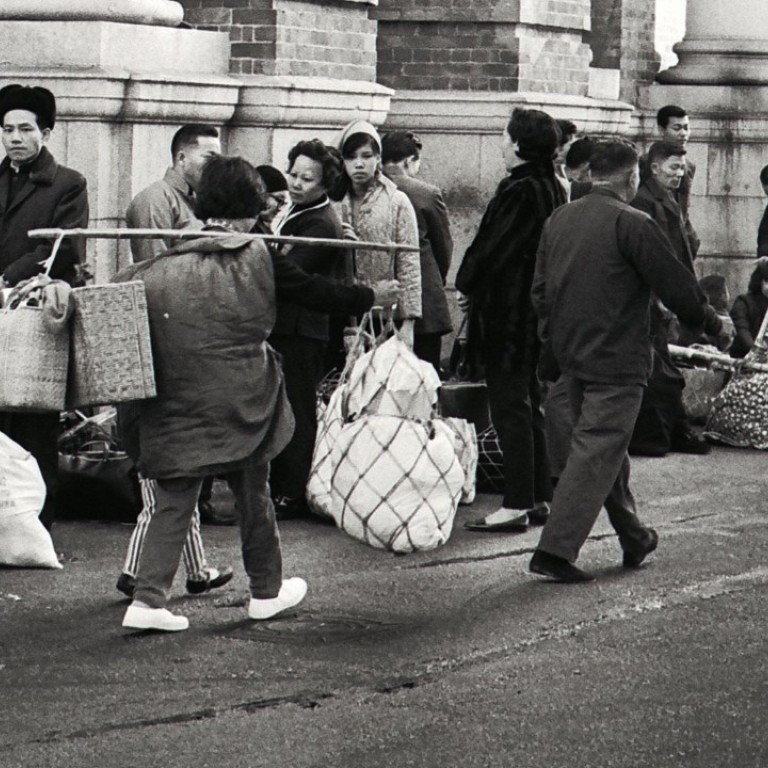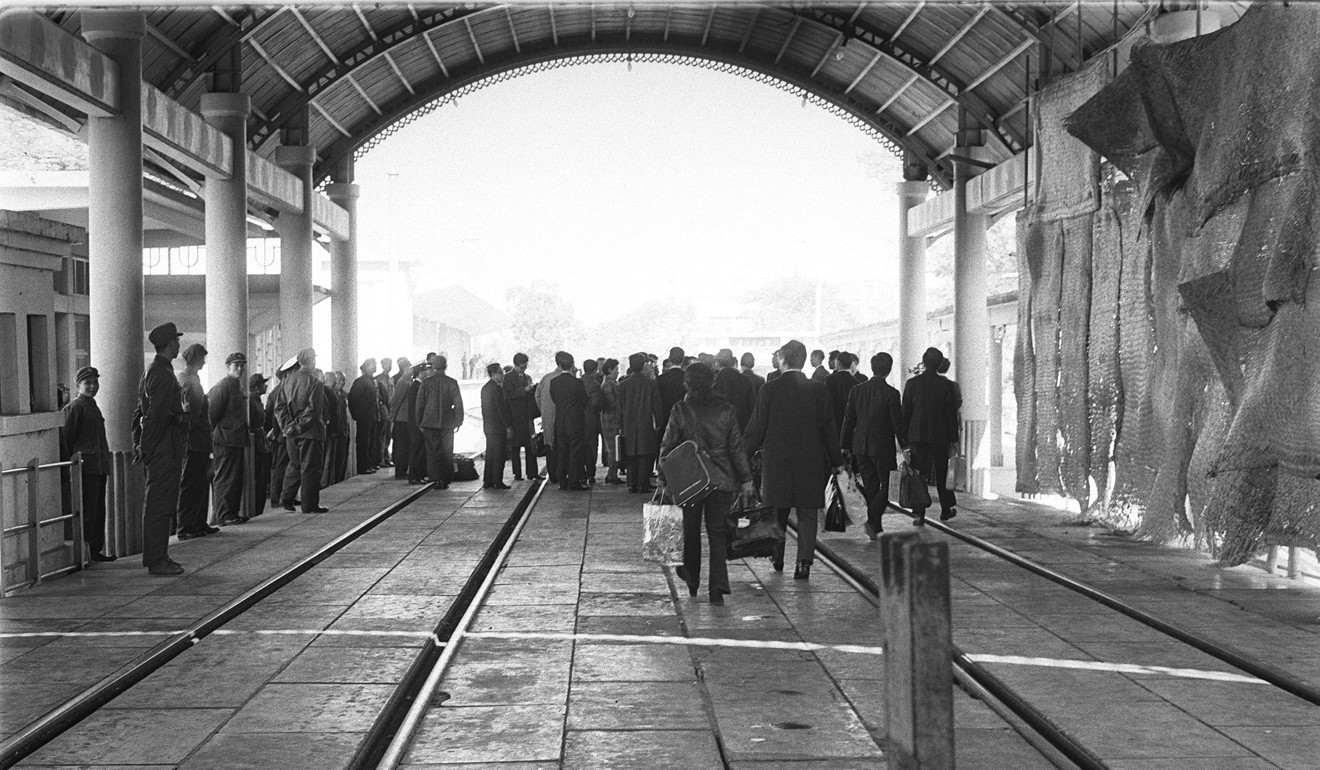
Wearing all your clothes to travel not new: Hongkongers on China trips did it all the time to dodge taxes and help poor relatives
Ryan Carney Williams wearing 10 shirts and eight pairs of pants to board a flight from Iceland went viral this week, but it was a common tax dodge in Hong Kong for people taking all they could to China to alleviate shortages
“My mother used to wear six pair of pants and as many shirts as she could when she crossed the border, and returned almost only in her underwear,” says Cheung To-hang, whose late mother used to visit her brother’s family in Guangzhou, southern China, every Chinese New Year.
At the time China was still recovering from economic collapse and much of the population lived in poverty. As foreign imports were heavily taxed and goods were not readily available, Hong Kong residents originally from China would take with them as much as they could when they returned home on visits.

Cheung recalled his mother using bamboo shoulder poles to carry all kind of goods stuffed into rice sacks. In addition to clothes, she took rice, oil, sugar and the biggest luxury of all – packs of American cigarettes.
“She would wear all our unwanted sweaters. My uncle’s family had deft hands. They would unravel the sweaters and recycle the yarn to knit new sweaters,” says Cheung.
Another Hongkonger who recalls the practice is Mimi Lok, whose great aunt used to travel regularly to Xiamen in southeast China. “As the clothes you wore would not be taxed, people would wear many layers. My great aunt would even wear several pairs of underwear.”
People carried even bulkier luggage in the 1980s, when they were allowed by the Chinese authorities to bring in electrical appliances. The most popular ones were refrigerators and washing machines, Lok recalls.

Crossing the border was such a hassle in those days that Hau Choi-yung, who accompanied relatives on a visit as a child, was traumatised by the experience and never went again.
“The queues were really long and you had to wait for hours,” says Hau. On top of the chaos, bottles of oil people carried would sometimes break or leak, leaving behind a mess.
Still, travelling home was even tougher in the 1950s, when there was no cross-border rail service and a trip could take days.
“The Lo Wu border crossing was only a wooden bridge then. We had to make several transits and take a couple of buses to reach the city, then walk several more hours to reach my village,” recalls 80-year-old Lo Sau-ching, who travelled for two days to reach Yongding in Fujian province.

